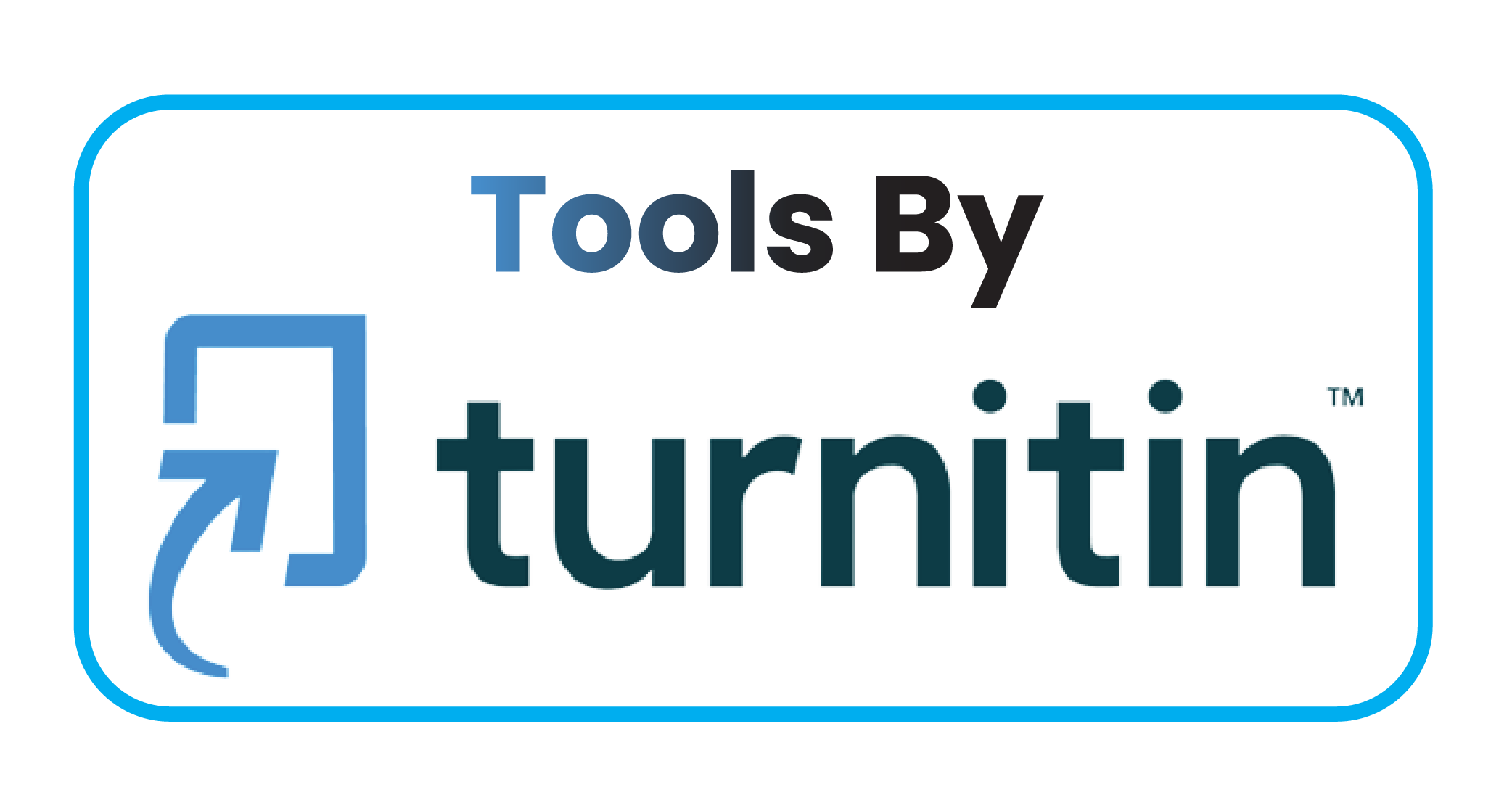The Evaluation of Horizontal Alignment Design: A Case Study of Jalan Tarikolot Majalengka
DOI:
https://doi.org/10.59888/ajosh.v2i11.395Keywords:
street geometric design;, road geometric design guidelines;, horizontal alignmentAbstract
Road geometric design is a way of planning a road geometrically or involves calculating angles through the process. Regarding the geometric design of roads, it is important to assess the conformity of the design criteria with the applicable guidelines, namely the Road Geometric Design Guidelines. In this paper, an eval_uation of the geometric design of existing roads, namely Jalan Raya Tarikolot, Majalengka, and adjustments to the Road Geometric Design Guidelines is carried out. The research method used is an eval_uation research method for the research object, namely Jalan Raya Tarikolot, Majalengka. The results obtained show that Jalan Raya Tarikolot, Majalengka is a road with a flat terrain type. Alignment P2 is the FC alignment type, while the other seven alignments are S-C-S alignment types. Through the eval_uation carried out, the results showed that the horizontal adjustment of the Tarikolot Highway, Majalengka met the criteria, so it did not require design improvements.
Published
Issue
Section
License
Copyright (c) 2024 Yudi Herdiana, Andri Irfan Rifai, Mohamad Taufik, Joewono Prasetijo

This work is licensed under a Creative Commons Attribution-ShareAlike 4.0 International License.
Authors who publish with this journal agree to the following terms:
- Authors retain copyright and grant the journal right of first publication with the work simultaneously licensed under a Creative Commons Attribution-ShareAlike 4.0 International. that allows others to share the work with an acknowledgement of the work's authorship and initial publication in this journal.
- Authors are able to enter into separate, additional contractual arrangements for the non-exclusive distribution of the journal's published version of the work (e.g., post it to an institutional repository or publish it in a book), with an acknowledgement of its initial publication in this journal.
- Authors are permitted and encouraged to post their work online (e.g., in institutional repositories or on their website) prior to and during the submission process, as it can lead to productive exchanges, as well as earlier and greater citation of published work.










